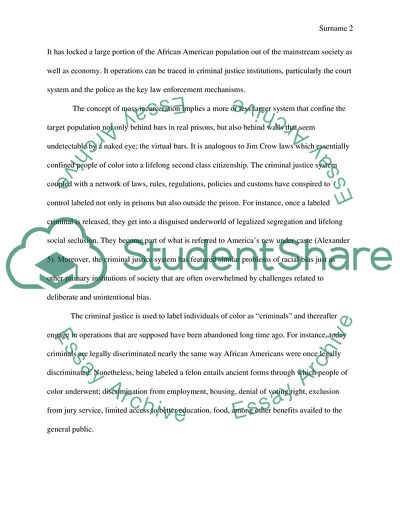Cite this document
(Mass Incarceration in the United States Book Report/Review - 2, n.d.)
Mass Incarceration in the United States Book Report/Review - 2. Retrieved from https://studentshare.org/sociology/1875411-summarize-and-analyze-in-sociology-way
Mass Incarceration in the United States Book Report/Review - 2. Retrieved from https://studentshare.org/sociology/1875411-summarize-and-analyze-in-sociology-way
(Mass Incarceration in the United States Book Report/Review - 2)
Mass Incarceration in the United States Book Report/Review - 2. https://studentshare.org/sociology/1875411-summarize-and-analyze-in-sociology-way.
Mass Incarceration in the United States Book Report/Review - 2. https://studentshare.org/sociology/1875411-summarize-and-analyze-in-sociology-way.
“Mass Incarceration in the United States Book Report/Review - 2”, n.d. https://studentshare.org/sociology/1875411-summarize-and-analyze-in-sociology-way.


